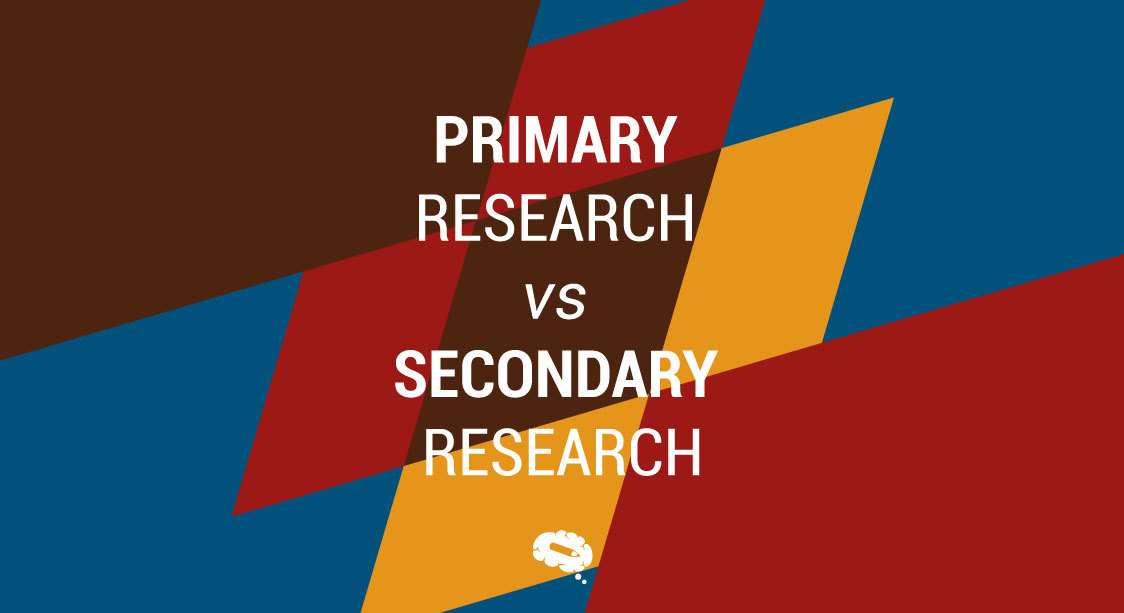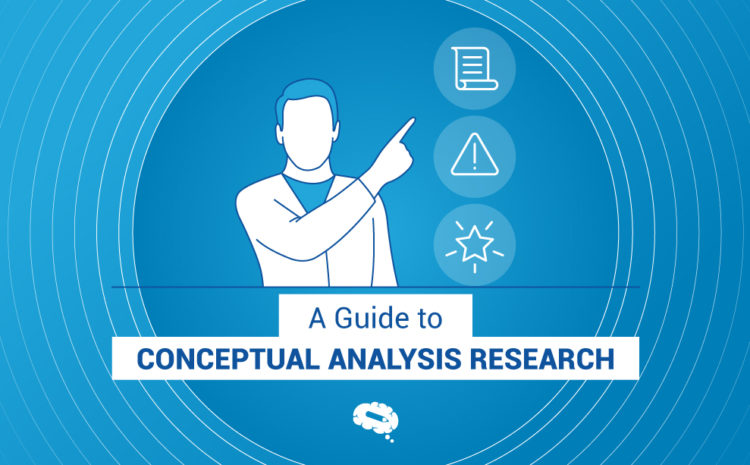Primary research and secondary research are two fundamental approaches used in research studies to gather information and explore topics of interest. Both primary and secondary research offer unique advantages and have their own set of considerations, making them valuable tools for researchers in different contexts.
Understanding the distinctions between primary and secondary research is crucial for researchers to make informed decisions about the most suitable approach for their study objectives and available resources.
What is Primary Research?
Primary research refers to the collection and analysis of data directly from original sources. It involves gathering information directly to address specific research objectives and generate new insights. This research method conducts surveys, interviews, observations, experiments, or focus groups to obtain data that is relevant to the research question at hand. By engaging directly with subjects or sources, primary research provides firsthand and up-to-date information, allowing researchers to have control over the data collection process and adjust it to their specific needs.
Types of Primary Research
There are several types of primary research methods commonly used in various fields:
Surveys
Surveys are the systematic collection of data through questionnaires or interviews, aiming to gather information from a large number of participants. Surveys can be conducted in person, over the phone, through mail, or online.
Interviews
Interviews entail direct one-on-one or group interactions with individuals or key informants to obtain detailed information about their experiences, opinions, or expertise. Interviews can be structured (using predetermined questions) or unstructured (allowing for open-ended discussions).
Observations
Observational research carefully observes and documents behaviors, interactions, or phenomena in real-life settings. It can be done in a participant or non-participant manner, depending on the level of involvement of the researcher.
Data analysis
Examining and interpreting collected data, data analysis uncovers patterns, trends, and insights, providing a deeper understanding of the research topic. It enables drawing meaningful conclusions for decision-making and guides further research.
Focus groups
Focus groups facilitated group discussions with a small number of participants who shared their opinions, attitudes, and experiences on a specific topic. This method allows for interactive and in-depth exploration of a subject.
Benefits of Primary Research
Original and specific data: Primary research provides first hand data directly relevant to the research objectives, ensuring its freshness and specificity to the research context.
Control over data collection: Researchers have control over the design, implementation, and data collection process, allowing them to adapt the research methods and instruments to suit their needs.
Depth of understanding: Primary research methods, such as interviews and focus groups, enable researchers to gain a deep understanding of participants’ perspectives, experiences, and motivations.
Validity and reliability: By directly collecting data from original sources, primary research enhances the validity and reliability of the findings, reducing potential biases associated with using secondary or existing data.
Challenges of Primary Research
Time and Resource-intensive: Primary research requires careful planning, data collection, analysis, and interpretation. It may require recruiting participants, conducting interviews or surveys, and analyzing data, all of which require time and resources.
Sampling limitations: Primary research often relies on sampling techniques to select participants. Ensuring a representative sample that accurately reflects the target population can be challenging, and sampling biases may affect the generalizability of the findings.
Subjectivity: The involvement of researchers in primary research methods, such as interviews or observations, introduces the potential for subjective interpretations or biases that can influence the data collection and analysis process.
Limited generalizability: Findings from primary research may have limited generalizability due to the specific characteristics of the sample or context. It is essential to acknowledge the scope and limitations of the findings and avoid making broad generalizations beyond the studied sample or context.
What is Secondary Research?
It is a method of research that relies on data that is readily available, rather than gathering new data through primary research methods. Secondary research relies on reviewing and analyzing sources such as published studies, reports, articles, books, government databases, and online resources to extract relevant information for a specific research objective.
Sources of Secondary Research
Published studies and academic journals
Researchers can review published studies and academic journals to gather information, data, and findings related to their research topic. These sources often provide comprehensive and in-depth analyses of specific subjects.
Reports and white papers
Reports and white papers produced by research organizations, government agencies, and industry associations provide valuable data and insights on specific topics or sectors. These documents often contain statistical data, market research, trends, and expert opinions.
Books and reference materials
Books and reference materials written by experts in a particular field can offer comprehensive overviews, theories, and historical perspectives that contribute to secondary research.
Online databases
Online databases, such as academic libraries, research repositories, and specialized platforms, provide access to a vast array of published research articles, theses, dissertations, and conference proceedings.
Benefits of Secondary Research
Time and Cost-effectiveness: Secondary research saves time and resources since the data and information already exist and are readily accessible. Researchers can utilize existing resources instead of conducting time-consuming primary research.
Wide range of data: Secondary research provides access to a wide range of data sources, including large-scale surveys, census data, and comprehensive reports. This allows researchers to explore diverse perspectives and make comparisons across different studies.
Comparative analyses: Researchers can compare findings from different studies or datasets, allowing for cross-referencing and verification of results. This enhances the robustness and validity of research outcomes.
Ethical considerations: Secondary research does not involve direct interaction with participants, which reduces ethical concerns related to privacy, informed consent, and confidentiality.
Challenges of Secondary Research
Data availability and quality: The availability and quality of secondary data can vary. Researchers must critically evaluate the credibility, reliability, and relevance of the sources to ensure the accuracy of the information used in their research.
Limited control over data: Researchers have limited control over the design, collection methods, and variables included in the secondary data. The data may not perfectly align with the research objectives, requiring careful selection and analysis.
Potential bias and outdated information: Secondary data may contain inherent biases or limitations introduced by the original researchers. Additionally, the data may become outdated, and newer information or developments may not be captured.
Lack of customization: Since secondary data is collected for various purposes, it may not perfectly align with the specific research needs. Researchers may encounter limitations in terms of variables, definitions, or granularity of data.
Comparing Primary and Secondary Research
Primary research vs Secondary research
| Primary Research | Secondary Research |
|---|---|
| Data collection directly from original sources. | Utilizes existing data and information. |
| Involves gathering new and firsthand data. | Relies on pre-existing data collected by others. |
| Time-consuming and resource-intensive. | Time-efficient and cost-effective. |
| Provides unique insights specific to the research objective. | Offers broader context and generalizable findings. |
| Can be tailored to specific research questions. | Covers a wide range of topics and research areas. |
| Enables direct interaction with participants or subjects. | Does not have direct contact with participants. |
| Offers flexibility in study design and methodology. | Limited control over data quality and collection methods. |
| Higher control over data reliability and validity. | Relies on the quality and credibility of the selected sources. |
| Allows for in-depth exploration of research questions. | Supports hypothesis testing and comparative analysis. |
| Requires ethical considerations for participant involvement. | Ethics demand proper citation and adherence to copyright laws. |
Examples of Primary and Secondary Research
Examples of Primary Research
- Conducting a survey to collect data on customer satisfaction and preferences for a new product directly from the target audience.
- Designing and conducting an experiment to test the effectiveness of a new teaching method by comparing the learning outcomes of students in different groups.
- Observing and documenting the behavior of a specific animal species in its natural habitat to gather data for ecological research.
- Organizing a focus group with potential consumers to gather insights and feedback on a new advertising campaign.
- Conducting interviews with healthcare professionals to understand their experiences and perspectives on a specific medical treatment.
Examples of Secondary Research
- Accessing a market research report to gather information on consumer trends, market size, and competitor analysis in the smartphone industry.
- Using existing government data on unemployment rates to analyze the impact of economic policies on employment patterns.
- Examining historical records and letters to understand the political climate and social conditions during a particular historical event.
- Conducting a meta-analysis of published studies on the effectiveness of a specific medication to assess its overall efficacy and safety.
How to Use Primary and Secondary Research Together
Having explored the distinction between primary research vs secondary research, the integration of these two approaches becomes a crucial consideration. By incorporating primary and secondary research, a comprehensive and well-informed research methodology can be achieved. The utilization of secondary research provides researchers with a broader understanding of the subject, allowing them to identify gaps in knowledge and refine their research questions properly.
Primary research methods, such as surveys or interviews, can then be employed to collect new data that directly address these research questions. The findings from primary research can be compared and validated against the existing knowledge obtained through secondary research. By combining the insights from both types of research, researchers can fill knowledge gaps, strengthen the reliability of their findings through triangulation, and draw meaningful conclusions that contribute to the overall understanding of the subject matter.
Ethical Considerations for Primary and Secondary Research
In primary research, researchers must obtain informed consent from participants, ensuring they are fully aware of the study’s purpose, procedures, and any potential risks or benefits involved. Confidentiality and anonymity should be maintained to safeguard participants’ privacy. Researchers should also ensure that the data collection methods and research design are conducted in an ethical manner, adhering to ethical guidelines and standards set by relevant institutional review boards or ethics committees.
In secondary research, ethical considerations primarily revolve around the proper and responsible use of existing data sources. Researchers should respect copyright laws and intellectual property rights when accessing and using secondary data. They should also critically evaluate the credibility and reliability of the sources to ensure the validity of the data used in their research. Proper citation and acknowledgment of the original sources are essential to maintain academic integrity and avoid plagiarism.
Make Scientifically Accurate Infographics In Minutes
Mind the Graph offers a wide range of pre-designed elements, such as icons, illustrations, graphs, and diagrams, specifically designed for various scientific disciplines. Mind the Graph allows scientists to enhance the visual representation of their research, making it more engaging and accessible to peers, students, policymakers, and the general public.

Subscribe to our newsletter
Exclusive high quality content about effective visual
communication in science.





